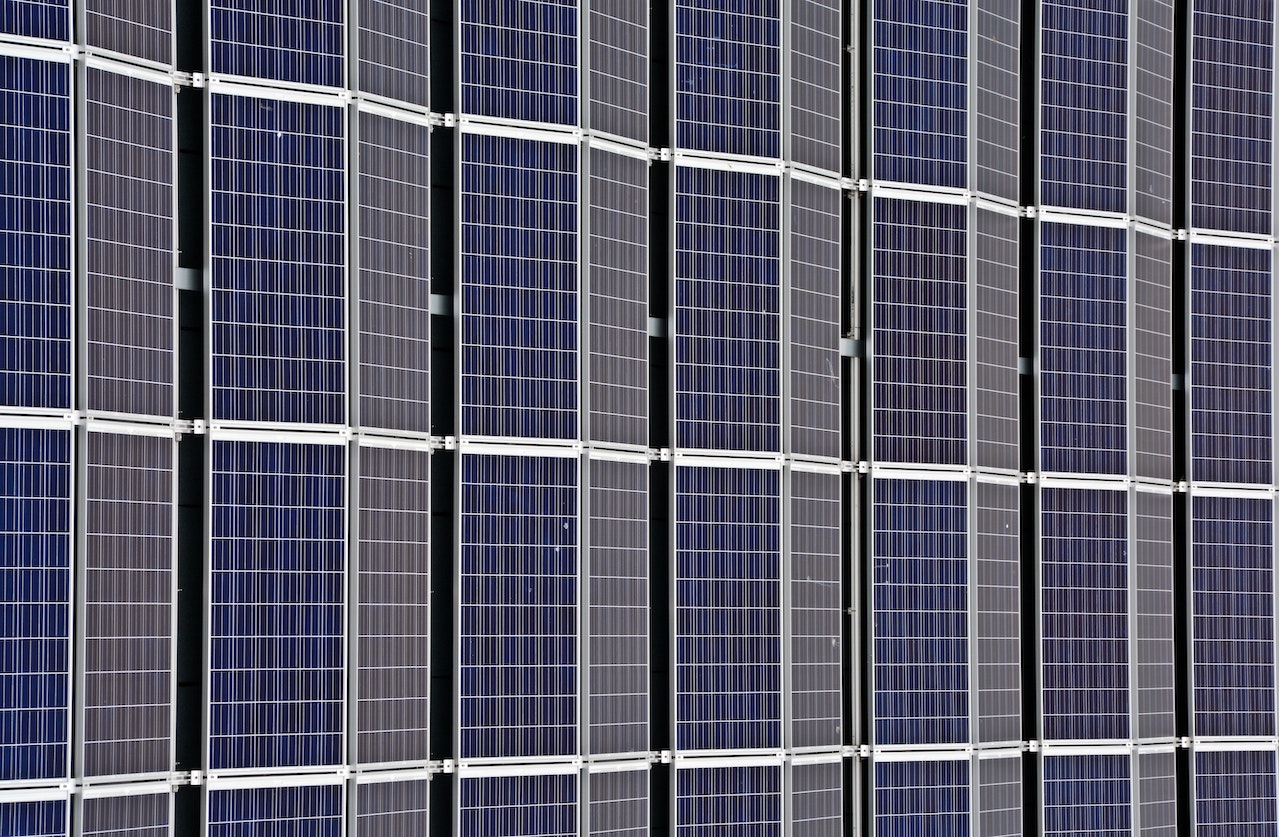Researchers at the American Chemical Society have developed solar panels that can take on a variety of colors without compromising their efficiency, according to the online magazine Archinect.
As the popularity of solar panels grows, their application extends beyond rooftops to building facades and other more visible parts of buildings.
However, their standard black tint limits how visually appealing buildings can be, and solar panels have been described by some architects as ugly and difficult to integrate into projects.
Solar panels are dark in color to absorb as much light as possible. However, other attempts to add colors to them have resulted in reduced power, increased costs, and unwanted iridescence.
A team of researchers, including Tao Ma, Ruju Wang and colleagues, sought to develop a way to paint solar panels using a structural material that would be simple and inexpensive to apply while maintaining their ability to produce energy efficiently.
The team sprayed a thin layer of a material called photonic glass onto the surface of the solar cells. The glass is made from microscopic spheres of zinc sulfide that allow more light to pass through. Some of the light is reflected depending on the size of the spheres.
Using this approach, the researchers created solar panels in blue, green, and purple colors.
The power generation efficiency of the panels decreased only from 22.6% to 21.5%. The researchers found that these solar panels retain their color and performance during durability tests and can be scaled up in production.

